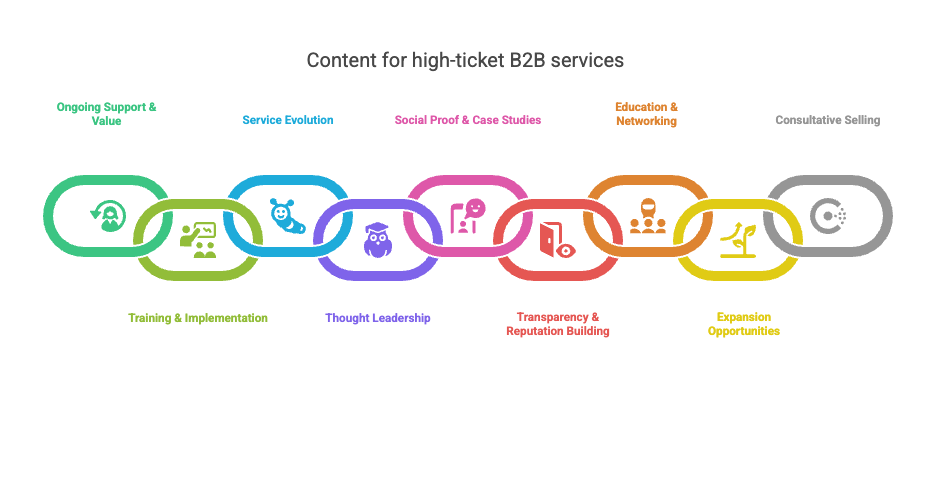This is, without a doubt, one of the questions I hear most often. The idea of “investing in email” still carries a certain fog—it seems outdated, unfashionable, ineffective, and too laborious. But in practice? If you have consistency, good planning, and balance speed with learning, it works.
Recently, exchanging emails with a client in the services sector (I prefer to keep their name private, but think of a company with long-term, high-value contracts), this discussion came up: after all, how much does it cost to run a decent cold email + newsletter operation?
Spoiler: it might be more expensive than you imagine, but the cost makes sense when compared to the values of contracts closed through the campaign.
The Scenario
This client has a database of thousands of contacts. The cold email campaign impacts about 2,000 people per month, and as leads complete the sequence, they migrate to the monthly newsletter list.
In practice, the monthly investment consists of two major blocks:
- A direct investment in me for operations, copy, and infrastructure management (cold email + newsletter + sending platform).
- And a direct investment in tools—sending providers, automation platform, domains, email accounts, etc.
All of this combined represents a significant investment, but well below the cost of hiring an internal team to do all this with the same consistency.
Can it be scaled?
Yes, but with caution. We discussed, for example, whether it was worth doubling the sending frequency (from biweekly to weekly). The most honest answer? Only if the campaign is already generating results.
Increasing the pace can generate more responses—but it can also increase unsubscribes and spam alerts, which would harm deliverability in the long run.
My recommendation was to maintain the current pace and continue growing with consistency: more email accounts, more domains, more sending volume—but always with a robust structure behind it (and the capacity to follow up on responses, of course).
Two significant learnings
The long-term mindset makes all the difference. With a sales cycle that takes months (or even years), burning through your list quickly is suicide.
Scaling isn’t just about pressing a button. There are tool upgrades, domain reputation management, email account expansion, and all of this needs to be synchronized.
And most importantly: it’s better to invest in initial learning, make necessary adjustments, and keep contacts alive than to accelerate too much in the wrong direction.
To conclude…
If you’re starting or thinking about setting up a sales-focused email operation, my advice is simple: think like a marathon runner, not a sprinter. Prepare the ground. Build trust with your base. Understand what works and what doesn’t. And only then think about accelerating.
(And if you want an idea of costs, think of something around five digits per year, depending on the size of the operation—which is still much less than a full-time salesperson.)
And you, have you thought about the real cost of your email operation—in money, time, and reputation? Want to talk about it? Contact me,
Cheers,
Fabrício

